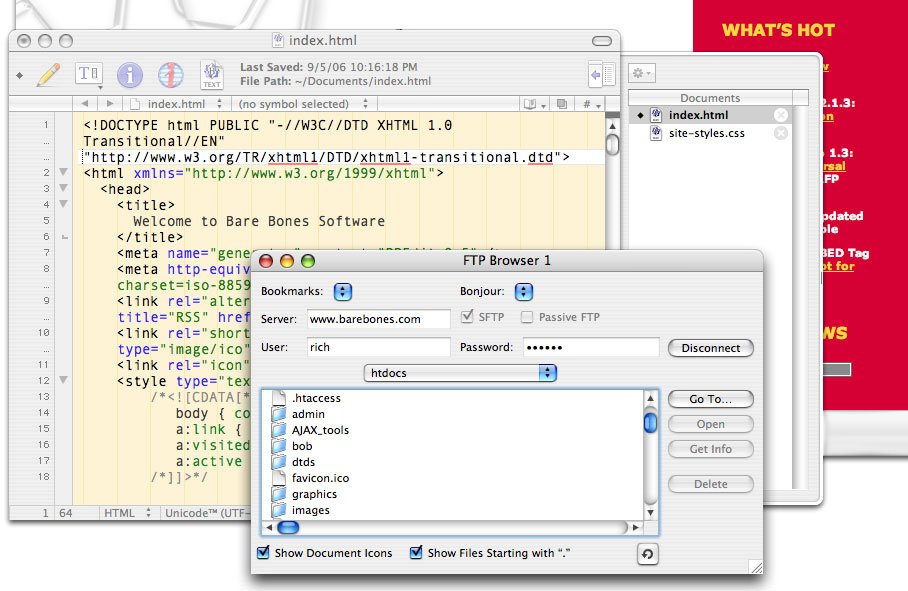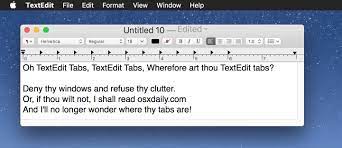

- #Bbedit json for mac#
- #Bbedit json software#
- #Bbedit json code#
- #Bbedit json professional#
- #Bbedit json free#

(Again I’ve reformatted the JSON to show the structure.) When we now export that CSV file to JSON, we’ll get a JSON file that’s an array of arrays. If your CSV file has no header row or the headers should be treated as normal data, you’re deactivating the header row. Tablecruncher creates files that are not pretty-printed.) Export CSV file without headers to JSON (The JSON file shown below has been reformatted to highlight the structure of the data. With the command “File > Export JSON …” you’re storing this CSV file as an array of objects because the header rows have been activated. Please look at the header row, where there are header names “Name”, “Value” and “Category”.

We’re using a simple file to show how easy it is to convert a CSV file to JSON. But let’s look at an example to better understand the difference. Or it is stored as an array of objects, where each line is an object with the header names as the key and the cells from the line being the values. A CSV file can be either stored as an array of arrays, where each line is represented as an array.
#Bbedit json for mac#
Tablecruncher for Mac provides an export function to easily achieve this task. Each key should be unique within its object. Objects are unordered collections of key-values-pairs, where the keys are strings. There are two non-atomic data types supported by JSON: arrays (ordered lists of values) and objects. So it’s often necessary to convert a CSV file to JSON.
#Bbedit json free#
Print json.dumps(jsonObj, sort_keys=True, indent=2)īecause Bare Bones Software is so cool this works with their free Text Wrangler editor as well except you just put the files in ~/Library/Application Support/TextWrangler/Text Filters/ It can be used to beautify the front window in BBEdit if that contains JSON: Dad’s not a python programmer and Geek’s busy writing a Humanities 110 paper, but the simple python script PrettyJSON.py (below) seems to work if you put it into ~/Library/Application Support/BBEdit/Text Filters/ Dad’s been working with some JSON output from a web service lately and it comes back lacking line-feeds and indentation which is great for transmission but hard to read for humans.JSON ( JavaScript Object Notation) is a relatively new file format for storing and exchanging data and plays an important role in using and processing structured information. BBEdit’s built-in language support dates to a primitive millennium, and won’t let you define (in my case) JSON5 as just like JSON except for not ruthlessly forbidding comments. This is huge for those working in oddball languages. This gives you a new item in the “Text” -> “Apply Text Filter” sub-menu named whatever you named the file (PrettyJSON.py in my case). BBEdit 14’s support for Microsoft’s Language Server Protocol. This saves you from the tedium of typing longer path names.Īt R’s command line, enter the following commandĭata1 “Apply Text Filter” -> “PrettyJSON.It’s a bit of a fiddle, and its fairly ugly, but I have now found a route by which you can convert JSON data extracted from Sierra’s logs into spreadsheet formats. BBEdit offers a 30-day evaluation period.
#Bbedit json software#
This award-winning product has been crafted to serve the needs of writers, Web authors and software developers, and provides an abundance of features for editing, searching, and manipulation of prose, source code, and textual data.
#Bbedit json professional#
Where the item in double quotation marks “” is the name of your JSON file from Consolation. BBEdit is the leading professional HTML and text editor for macOS. This imports the data and converts it into an R list as the variable data1. Then, to export that data in XLSX format, type in the command It may be possible to massage this (or to tweak the import command) to save some of the messier steps later, but I have not discovered any way to do that yet. Where the item in double quotation marks “” is the name of your export file.
#Bbedit json code#
JSON/XML files, code development, markdown/web development, etc. Open this using Microsoft Excel (not Numbers, which cannot cope with its extreme width), and you will see that the data occupies only two rows, the first containing the column headers repeated for each log entry, and the second the data that you want.Įxport this from Excel in CSV format, then open the CSV file using a text editor such as BBEdit. BBEdit is primarily designed for use by software & script developers, web designers, etc. Here, truncate the first line to delete all the superfluous column headers, leaving just the first complete set. Then work through the second row, splitting it into the rows of data, one line for each log entry.


 0 kommentar(er)
0 kommentar(er)
